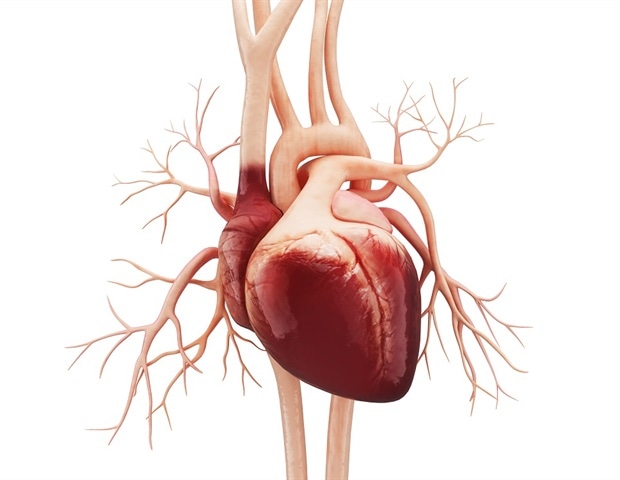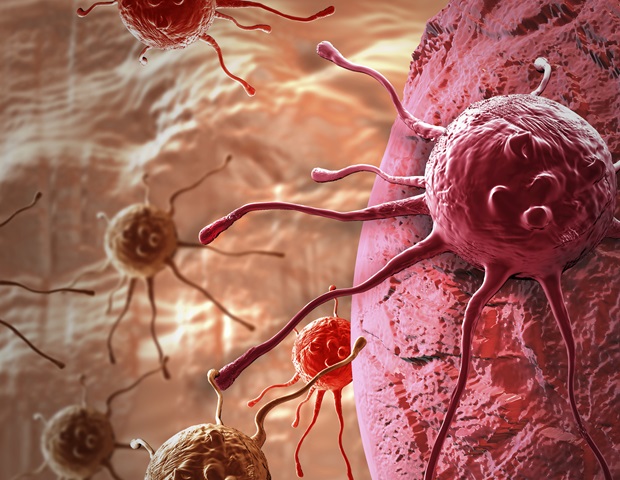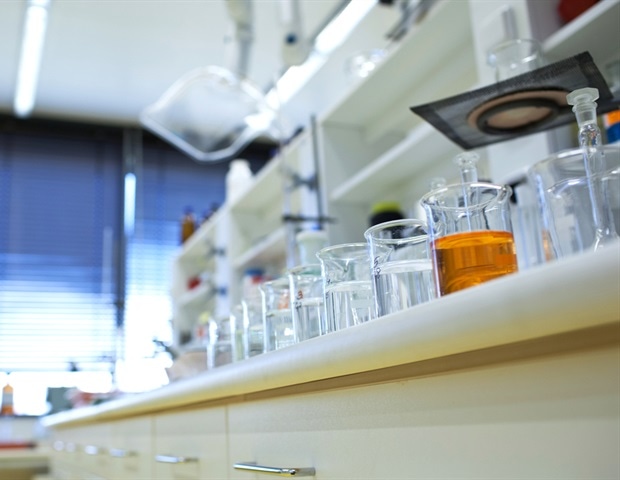In a current examine posted to the bioRxiv* preprint server, researchers characterised the event of a number of adenovirus-vectored and subunit recombinant protein extreme acute respiratory syndrome coronavirus 2 (SARS-CoV-2) vaccine candidates.
Rising SARS-CoV-2 variants have displayed novel traits, together with elevated transmission and extra strong evasion of the human immune system. This necessitates the event of latest coronavirus illness 2019 (COVID-19) vaccines that might goal the areas which might be extra conserved in SARS-CoV-2.
 Examine: Adenovirus-Vectored SARS-CoV-2 Vaccine Expressing S1-N Fusion Protein. Picture Credit score: F8 studio / Shutterstock
Examine: Adenovirus-Vectored SARS-CoV-2 Vaccine Expressing S1-N Fusion Protein. Picture Credit score: F8 studio / Shutterstock
In regards to the examine
Within the current examine, researchers described the technology of an adenovirus-based SARS-CoV-2 vaccine, together with the effectivity of a heterologous vaccine booster dose administered with a subunit recombinant SARS-CoV-2 vaccine.
The crew subcloned the SARS-CoV-2 spike 1 (S1) protein and wild-type nucleoprotein (N) gene to supply pAd/SARS-CoV-2-S1N. The Ad5.SARS-CoV-2-S1N (Ad5.S1N) was subsequently made utilizing homologous recombination so as to create E1/E3 deleted replication-deficient human sort 5 adenovirus that expressed the SARS-CoV-2-S1 protein. The viral expression as a result of adenoviral candidate was detected by infecting the A549 supernatant with Ad5.S1N and assessing the supernatant utilizing sodium dodecyl sulfate-polyacrylamide gel electrophoresis (SDS-PAGE) and Western blot evaluation. The crew subsequently acknowledged the recombinant SARS-CoV-2-S1N proteins utilizing the polyclonal N and S1 antibodies.
The immunogenicity of Ad5.S1N was in comparison with that of Ad5.S1 by evaluating the endpoint titers of S1 particular immunoglobulin G (IgG), IgG1, and IgG2a within the serological samples of mice vaccinated both by way of intranasal (I.N.) supply or subcutaneous (S.C.) injection and of management mice. The serum samples collected have been diluted to estimate the endpoint titers utilizing an enzyme-linked immunosorbent assay (ELISA).
The crew additionally employed a microneutralization assay (NT90) that examined the flexibility of the serum samples to neutralize SARS-CoV-2 infectivity. Serum samples obtained from mice six to eight weeks post-vaccination have been additionally examined for SARS-CoV-2-specific neutralizing antibodies. S1 and N-specific mobile immunity in vaccinated mice have been decided by quantifying interferon-γ.+ (IFNγ.+), cytotoxic (CD8+), and CD4+ T-cell responses by performing circulation cytometry and intracellular cytokine staining (ICS).
Moreover, the crew explored the first and booster vaccine administration methods within the type of homologous and heterologous vaccination schedules. The effectivity of a heterologous schedule with Ad5.S1N administered S.C. as the first vaccine boosted by recombinant subunit S1 wild-type (WT) protein was additionally evaluated.
Outcomes
The examine outcomes confirmed that the endpoint titers of S1-specific IgG, IgG1, and IgG2a for each Ad5.S1 and Ad5.S1N have been comparable. Nevertheless, the S.C. administration of Ad5.S1 and Ad5.S1N confirmed a major improve within the IgG titers as much as two weeks after one vaccination dose as in comparison with the management group. However, IgG titers after I.N administration of Ad5.S1 and Ad5.S1N elevated to ranges just like that of S.C. injection three weeks after the vaccination. The same titers of IgG1 and IgG2a induced by Ad5.S1 and Ad5.S1N indicated a balanced T-helper 1 (Th1) and Th2 cell response.
Moreover, the crew discovered no neutralizing antibody responses within the serum of management mice. Nevertheless, neutralizing antibodies have been noticed in mice vaccinated with Ad5.S1 and Ad5.S1N six weeks after vaccination. Notably, the neutralizing antibody response for S.C injection was of a decrease diploma than that for I.N. supply for each Ad5.S1 and Ad5.S1N vaccinations.

Neutralizing antibody responses in mice 7 weeks submit heterologous prime-boost immunization. Group 1 prime and homologous enhance 45ug rS1 WT. Group 2 prime and homologous enhance 45ug rS1 B.1.351. Group 3 prime and homologous enhance with 45ug rS1 WT+B.1.351. Group 4 prime 45ug rS1 WT and heterologous enhance 45ug rS1 B.1.351. Group 5 prime 1×1010 v.p. Ad5.S1N and heterologous enhance 45ug rS1 WT. Group 6 prime 1×1010 v.p. Ad5.S1N and heterologous enhance 45ug rS1 B.1.351. Serum from immunized mice was examined for neutralizing antibodies utilizing a plaque discount neutralization check (PRNT) with three completely different SARS-CoV-2 strains from Wuhan, South Africa (Beta B.1.351), or Brazil (Gamma P.1). Neutralization of Wuhan pressure represented by circle, neutralization of Beta B.1.351 represented by sq., and neutralization of Gamma P.1 represented by triangle. Serum titers that resulted in a 90% discount in SARS-CoV-2 viral plaques (NT90) in comparison with the virus management are reported seven weeks submit preliminary vaccination, and bars signify geometric means (N = 5 mice per group). Outcomes are from a single animal experiment. No neutralizing antibodies have been detected in serum PBS management group (not proven). This experiment was performed as soon as.
The researchers additionally remarked that the I.N. supply of Ad5.S1 or Ad5.S1N didn’t lead to elevated systemic immunity by S1- or N-specific CD8+ T cells as in comparison with the I.N-administered management mice. Nevertheless, S.C. injection prompted important enchancment within the systemic immunity by S1-specific IFNγ.+ CD8+ T cells as in comparison with the I.N. administration within the vaccinated and the management cohorts in addition to the S.C. injections within the management mice. This indicated {that a} single vaccine dose of Ad5.S1 or Ad5.S1N administered by both S.C. or I.N. resulted in a major S1-specific IgG response. Furthermore, the addition of the N protein by the Ad5.S1N vaccine elevated the induction of S1-specific CD8+ T-cells.
The crew noticed {that a} homologous vaccination schedule with Ad5.S1N administered I.N. as prime and S.C. as a booster dose together with Ad5.S1N administered S.C. prime and S.C. recombinant S1 booster dose confirmed considerably larger ranges of IgG three and 6 weeks after vaccination as in comparison with the management group. In distinction, Ad5.S1N administered as S.C. prime and S.C. booster dose confirmed no enchancment in IgG ranges.
Conclusion
The examine findings highlighted the potential of Ad5.SARS-CoV-2-S1N as a novel COVID-19 vaccine as a result of its induction of anti-SARS-CoV-2 antigen-specific mobile and humoral immune responses. Specifically, the heterologous Ad5.SARS-CoV-2-S1N main and subunit recombinant S1 protein booster vaccine schedule has proven excessive effectivity towards COVID-19 in addition to rising SARS-CoV-2 variants.
*Necessary discover
bioRxiv publishes preliminary scientific experiences that aren’t peer-reviewed and, subsequently, shouldn’t be thought to be conclusive, information medical observe/health-related habits, or handled as established data.
Journal reference:
- Adenovirus-Vectored SARS-CoV-2 Vaccine Expressing S1-N Fusion Protein, Muhammad Sohaib Khan, Eun Kim, Alex McPherson, Florian J Weisel, Shaohua Huang, Thomas W Kenniston, Elena Percivalle, Irene Cassaniti, Fausto Baldanti, Marlies Meisel, Andrea Gambotto, bioRxiv, 2022.05.09.491179, DOI: https://doi.org/10.1101/2022.05.09.491179, https://www.biorxiv.org/content material/10.1101/2022.05.09.491179v2







